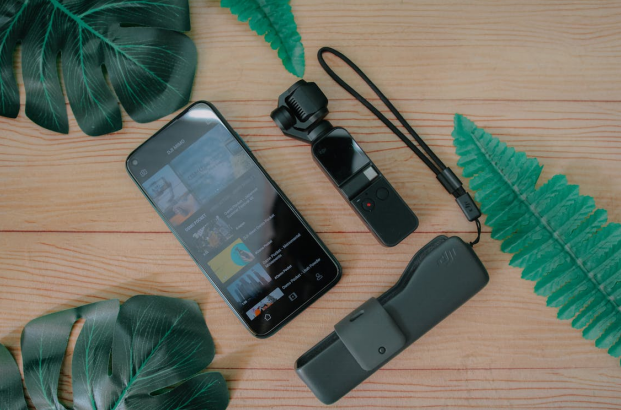
Short-form video has dominated our screens for years, from TikTok’s meteoric rise to YouTube Shorts and Instagram Reels becoming household names. In 2025, the digital content landscape has evolved, but an important question remains—does short-form video still reign supreme, or are other formats gaining ground? Content creators and digital marketers alike must stay informed to make smarter decisions about their video strategies.
We want to explore the pivotal role short-form video plays in 2025, the evolution of this trend, and how to decide between short and long-form content for your unique audience.
The Evolution of Short-Form Video
Short-form video revolutionized how we create and consume content. Platforms like TikTok capitalized on shrinking attention spans, offering snappy, entertaining snippets that could go viral overnight. By the mid-2020s, these platforms refined their algorithms even further, making it easier to reach niche audiences with highly tailored recommendations.
The technology driving short-form video also matured. Enhanced AI tools now assist in instant editing, auto-generated captions, and even A/B testing of video thumbnails in real-time to optimize views. This has allowed creators to produce high-quality content at scale without needing a Hollywood-level production budget.
However, the short-form space, once led by Gen Z, has started to attract cross-generational audiences. This shift has been driven by diverse content categories like educational how-tos, news snippets, and bite-sized brand storytelling. The result? Short-form video isn’t just a passing fad—it’s become an entrenched medium for engaging audiences efficiently.
Is Short-Form Still the Top Choice?
While short-form video has remained dominant in 2025, the landscape is becoming increasingly competitive. Long-form content is making a comeback in specific niches. Podcasts, in-depth tutorials, and documentary-style storytelling are offering audiences deeper engagement, with platforms like YouTube and even Spotify introducing hybrid long-and-short content formats.
The key difference lies in how short-form and long-form content address audience needs. The owner of King Kong marketing agency, Sabri Suby, would tell you that this is true of all digital marketing. Short videos excel in grabbing attention, conveying messages quickly, or sparking curiosity—perfect for discovery. Meanwhile, long-form thrives in maintaining attention, offering value, and fostering trust with audiences who want more substance.
Brands are therefore balancing the two approaches. For instance, marketers use short-form videos as a teaser, funneling viewers toward long-form content like webinars or case studies. Creators are spotting similar opportunities, often using platforms like TikTok to hype up their deeper YouTube narratives.
Determining the Right Format for Your Strategy
Deciding between short-form and long-form video in 2025 boils down to understanding your audience and goals. Professionals targeting casual browsers on TikTok or Instagram might stick to short content tailored for quick views and engagement. On the other hand, brands addressing specific pain points or offering complex solutions may find that detailed, long-form content converts better.
Savvy marketers are also exploring creative ways to blend both formats. Serial content, where longer topics are broken into digestible short episodes, bridges the gap between brevity and depth. Additionally, repurposing strategies—such as turning a 10-minute YouTube explainer into multiple Instagram Reels—allow creators to maximize their investment across platforms.
Ultimately, the right choice isn’t necessarily one over the other, but crafting a hybrid strategy where short and long-form coexist to cater to every stage of the consumer’s funnel.
Mastering Video in the Future
While short-form video remains a powerhouse in 2025, it’s far from standing alone. Content creators and marketers are moving toward nuanced strategies that integrate both short bursts of creativity and sustained storytelling. The real winners are those who effectively adapt to their audience’s evolving preferences while optimizing how their content is delivered.
Are you prepared to redefine your video strategy and stay ahead of the curve?
Related Articles
Understanding SONA G4B-A2M-D52-O6W-O2Q-A4A-A7B: A Comprehensive Guide to Chromebook HWIDs
o1-Preview or Claude 3.5: What’s Best for Your Writing?
Ways Conversational AI Can Personalize Customer Experiences
Ani2Ave: The Ultimate Guide to Transforming Your Business Digitally






